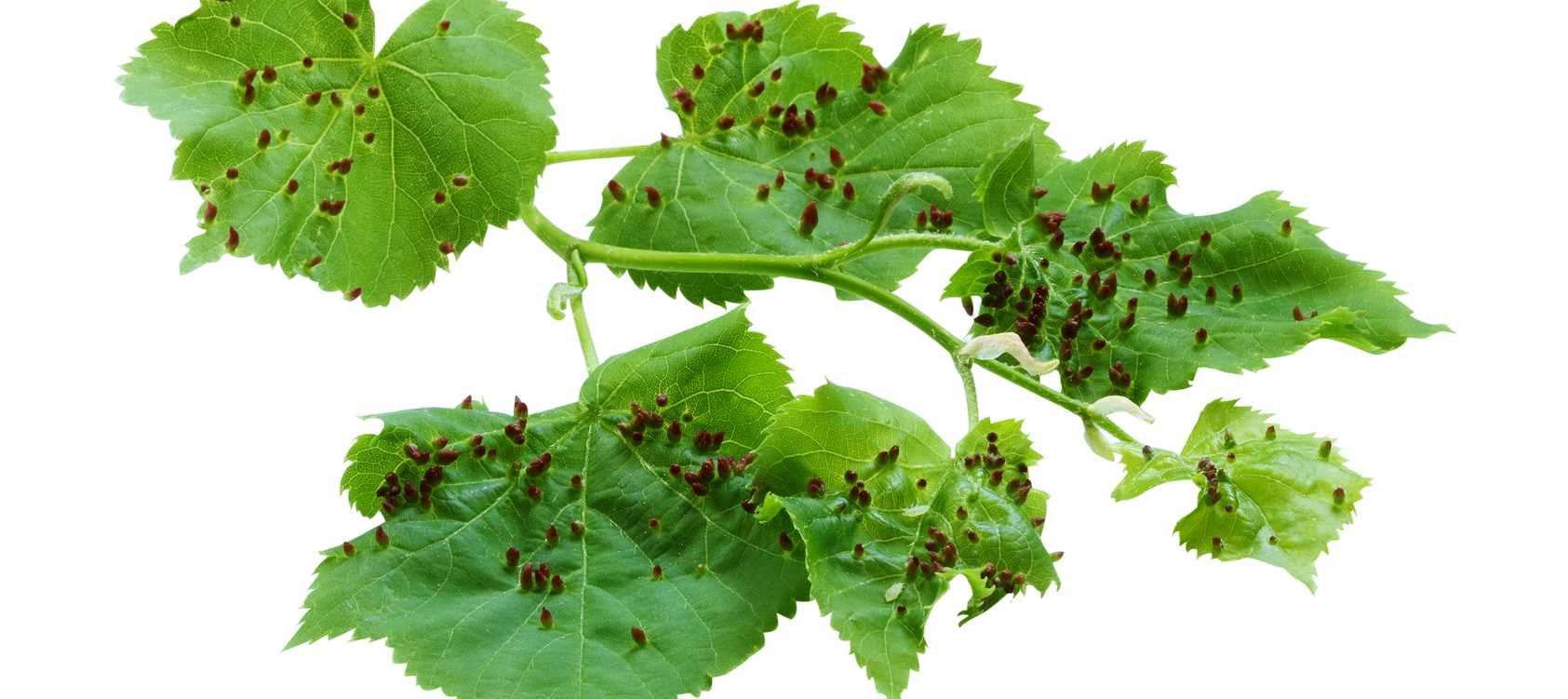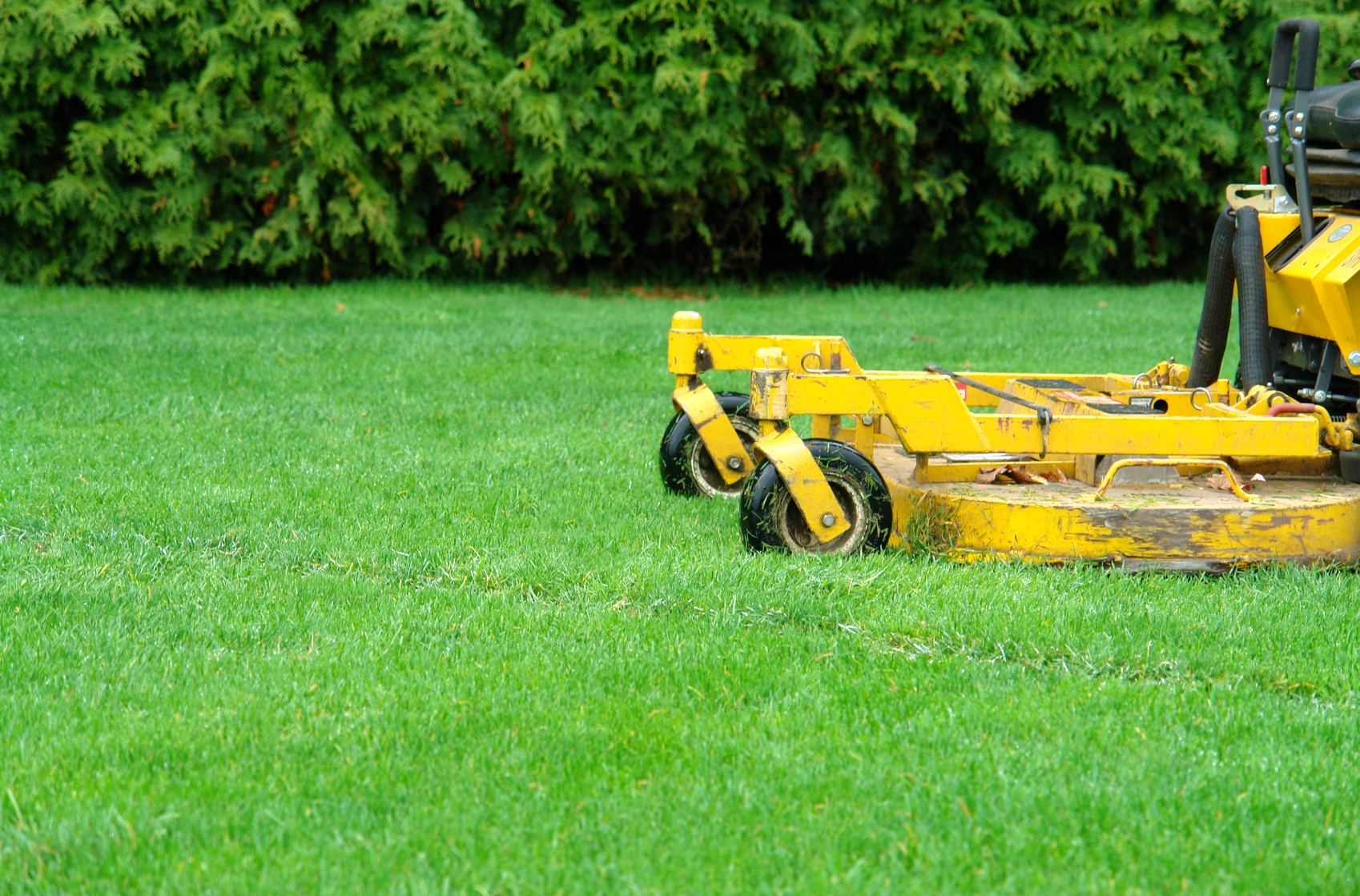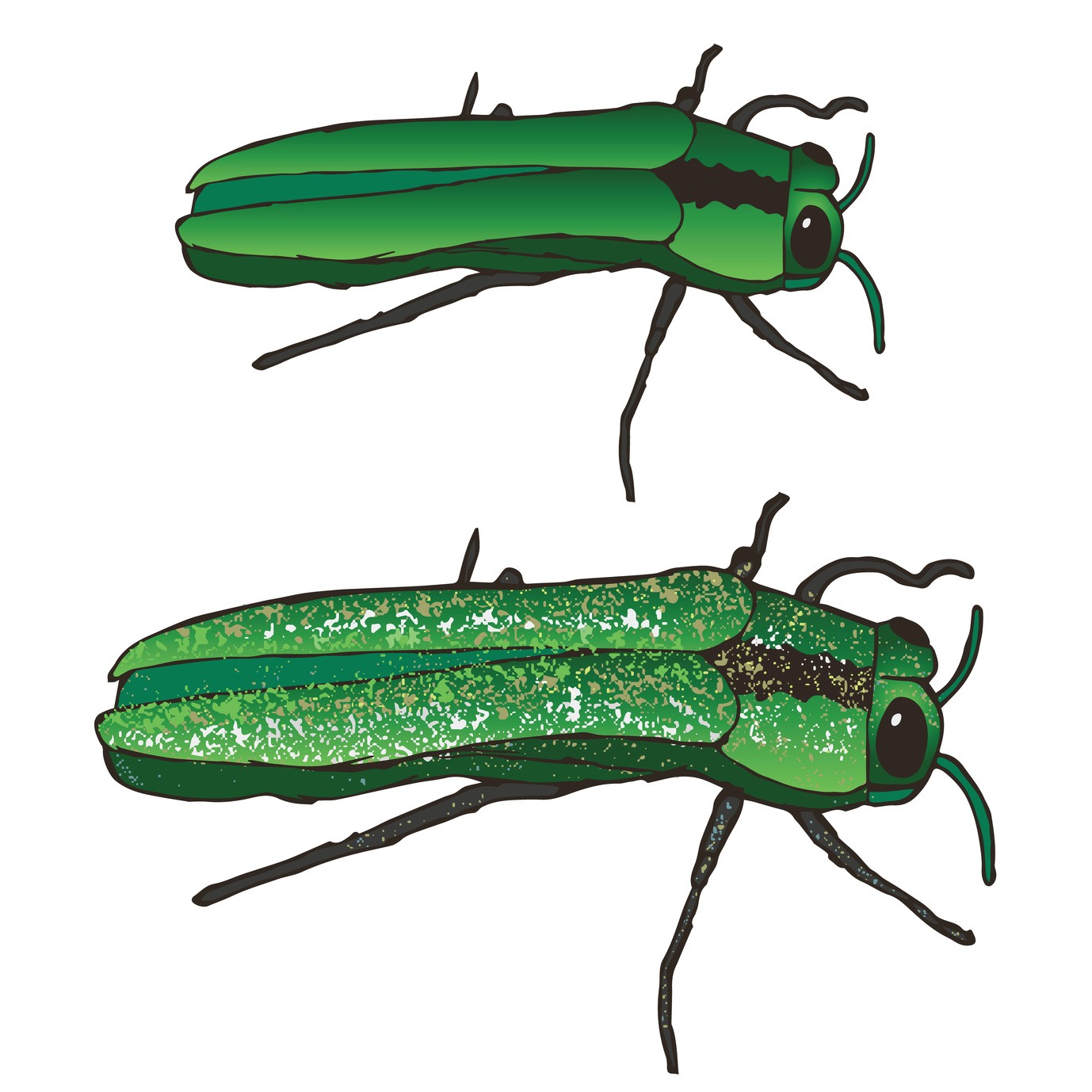Treating Brown Spots in Your Yard – Lawn Applications Springfield MO
Treating Brown Spots in Your Yard
You have brown patches of dead grass in your lawn. Is it the common lawn disease known as “brown patch” or is it something else? The answer is important: if it is brown patch you probably need to spray with a fungicide. If it is not, you’ll waste your money on lawn applications that won’t really solve the problem.
DISEASE vs ENVIRONMENT – While brown patch does cause patches of dead grass, other things can cause the same symptoms. If the area is poorly drained and water stands on a spot for more than 24 hours, the grass roots will rot, causing a dead patch. If you have a sodded lawn less than one year old, it is possible the soil underneath the sod was never plowed to relieve compaction. Where the sod has rooted poorly, brown patches will develop as dry weather sets in. If one part of the lawn was once used as a baseball home plate or a soccer goalie area, the earth beneath is almost as hard as concrete. It’s easy to see why green grass would turn brown there.
BROWN PATCH SYMPTOMS – If you eliminate environmental causes of the brown patch, what are the true symptoms of the disease? True brown patch spots are small to begin with but in warm weather they can enlarge rapidly. Seen from above, the patch will look like a doughnut – a ring of tan grass having a patch of green grass in the center. Individual grass blades will be brown down to the crown – where the blade emerges from the ground – but the crown will be green. Early in the morning during hot, damp weather you might see a white fungal web at the edge of the dead grass patch.
KEEP GRASS HEALTHY – Remember that the fungus that causes brown patch is constantly present. It can not be eliminated. Your grass gets sick because it is weak and becomes susceptible to the disease. You can help keep the grass strong by fertilizing only when the grass needs it: during the cool months for fescue and during the warm months for Bermuda Grass.
WATERING – Never water in the evening. The best time to water is in early morning. Fescue is much more susceptible when it has lush, green growth plus warm nighttime temperatures. Warmth at night can not be avoided but lush growth can be moderated. The second step is to water at the right time. Since brown patch needs 14-16 hours of wet leaf surface to reproduce itself, water only after the dew has dried in the morning. An alternative is to water after nightfall. Since the grass is wet with dew anyway, watering in the dark does not unnecessarily extend the wet period.
FERTILIZER – Fertilizer applied in late spring and summer causes rapid growth (which must be mowed!) and drought stress. It is best to fertilize fescue only in fall, winter and spring. Nitrogen fertilizer in June, July and August increases the severity of brown patch fungus on all cultivars except Kentucky 31 fescue. The disease is worse at mowing heights less than two inches and more than three inches. Fungicides to control brown patch are available but they must be applied regularly. To avoid the expense, change the cultural conditions before reaching for the fungicide.
FUNGICIDES – If you are absolutely sure you have brown patch, the disease can be controlled with fungicides with our lawn applications. Several are labeled for brown patch control.
If you have brown spots in your lawn and aren’t sure what’s causing them, contact Gabris Landscaping to get a professional diagnosis and proper treatment to take care of the problem.







